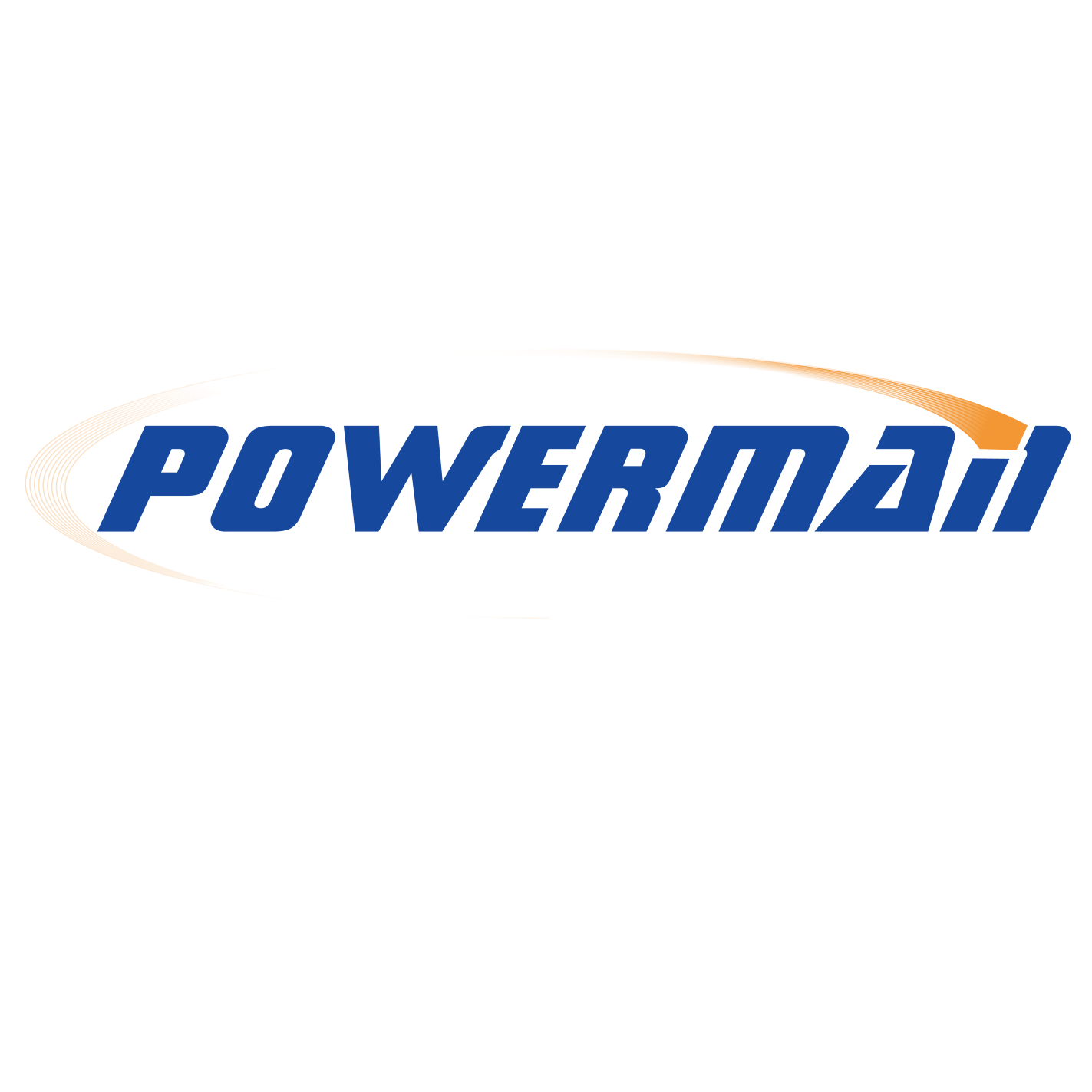DMS-A250DDG — Rack-Mounting Robot for AI & Hyperscale Data Centers
Connect warehouse to rack with millimeter-level precision and information-driven control.
Why DMS-A250DDG Matters in AI Operations
Modern data centers move more than metal; they move information with every lift. The DMS-A250DDG transforms server handling into a defined, repeatable workflow that spans storage, transport, and rack-mounting. Jobs originate in DCIM or asset systems, travel as digital packets—equipment type, rack ID, target U-position—and end as precise, auditable actions at the rack. The result is a cleaner handoff between teams, fewer delays on the floor, and greater confidence during AI cluster turn-ups.
Data-center operators choose this rack-mounting robot for three reasons: precision, agility, and uptime. Precision protects gear and rails when payloads are heavy and tolerances are tight. Agility matters in real aisles, not ideal drawings; zero-radius rotation and smooth approach reduce wasted motion. Uptime keeps projects on schedule—hot-swappable batteries sustain 24/7 workflow without pausing the line.
As deployment cycles shorten and refresh waves intensify, manual lifts struggle to stay safe and consistent. The DMS-A250DDG standardizes the entire warehouse-to-rack automation loop, letting technicians supervise outcomes instead of muscling hardware. That shift elevates operational maturity: less fatigue and risk, more documented throughput, and better time-to-service for mission-critical capacity.
Warehouse-to-Rack Automation, End to End
Unlike single-purpose carts, the DMS-A250DDG aligns equipment flow and information flow. It receives mission data (payload type, rack ID, U-position), navigates to location, positions the load, and returns confirmation to your system of record. Because intent is defined in software, you can scale from one task family—say UPS swaps—to broader build lines, NVIDIA-in-rack staging, and network refresh waves without reinventing your process.
Precision Lifting ≤ 1 mm
At the core is a servo ball-screw lift engineered for vertical accuracy at or below one millimeter. That level of control prevents the small mistakes that break momentum: misaligned rails, jammed trays, or scratched bezels. Technicians supervise the mission and verify placement; the robot handles fine motion with steady, low-vibration travel that keeps heavy servers stable during insertion.
Agile Mobility for Real Aisles
Data-center aisles are tight, busy, and rarely straight. Dual-servo differential drive enables zero-radius (360°) turns, precise sidling, and controlled approach even in narrow gaps. The chassis handles 12° ramps and thresholds, so staging and mounting remain smooth across rows, cages, and raised-floor transitions. In practice, this agility removes the three-point turns that waste minutes and break flow.
Safety, Stacked by Design
Multi-layer sensing—SICK LiDAR, ultrasonic detection, collision bumpers, limit switches—and physical E-stops enforce safe motion envelopes. As the robot approaches the rack, speed profiles and lift limits reduce risk to people and equipment. Because mixed-traffic environments are the norm, these protections run continuously and do not rely on perfect human vigilance.
Control & Integration
Choose the best control mode for each job: autonomous, semi-automatic, or manual via a patented handheld remote. A Siemens PLC coordinates motion, and a PGV vision system supports guidance and repeatable approach patterns. For fleet-level orchestration, the robot is openTCS-ready; it queues missions, exposes live status, and closes the loop with your dashboards and DCIM. In short, the DMS-A250DDG fits a robot system of record without locking you into proprietary islands.
Technical Highlights
- Payload capacity: 250 kg (servers, dense GPU nodes, switches, UPS modules).
- Lift height: up to 1800 mm with millimeter-level vertical control.
- Drive system: dual-servo differential, zero-radius rotation, 12° ramp climbing.
- Modes: autonomous / semi-automatic / manual (handheld remote).
- Controller & guidance: Siemens PLC + PGV vision.
- Fleet software: openTCS integration-ready; mission reception from asset/DCIM.
- Safety: SICK LiDAR, ultrasonic sensing, bumpers, limit sensors, E-stops.
- Power: 48 V hot-swappable battery modules for continuous uptime.
Where It Works Best
This rack-mounting robot serves AI and hyperscale campuses, bank/telecom/government data centers with frequent refresh cycles, and Tier-2 system integrators building NVIDIA-in-rack cabinets. Typical workflows include new server installation, UPS module swaps, network gear moves between rows, and staging plus final placement for turnkey GPU cabinets.
Media Gallery
From First Pilot to Fleet
Start with one high-value loop—UPS batteries from staging to rack—and measure outcomes: cycle time, error rate, and technician load. Then expand to network refreshes or GPU cabinet builds. Because intent is software-defined, scaling means more missions, not more complexity. Over time, your operations shift toward a digitally defined, robot-executed model that protects uptime and makes work safer.
Ready to standardize rack-mounting? Request a live demo to validate payloads, aisles, and racks in your facility.
